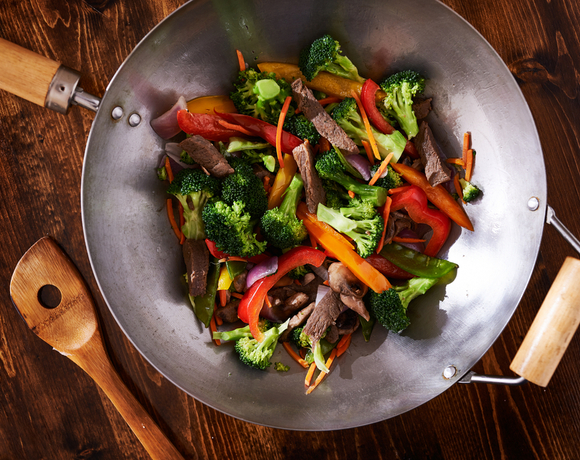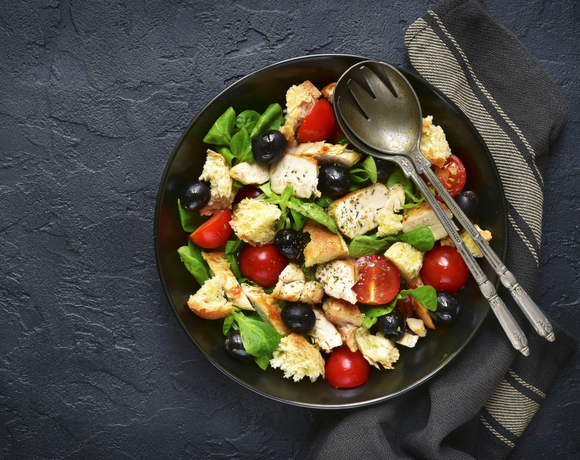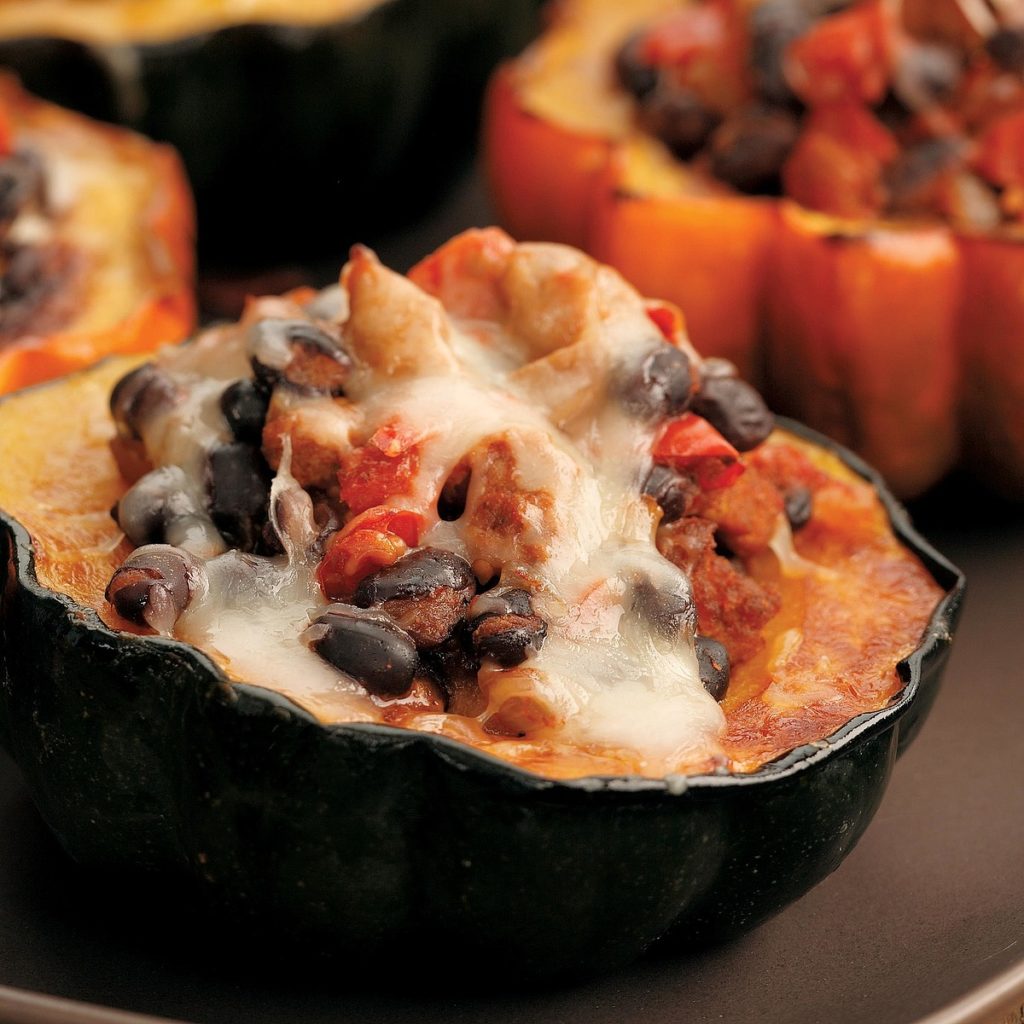For the past several weeks, we’ve seen daily news announcements of yet another beef, pork or chicken processing plant closure due to employee safety concerns and the spread of COVID-19. Supermarket Guru® Phil Lempert estimates that we are down to about 60% capacity in US meat processing plants. A closure of just one of these facilities is a big deal since 2/3 of America’s pork supply passes through just 24 processing plants and 80% of US beef comes from a few dozen plants.

Even though the federal government has now mandated that meatpacking and processing plants in the US remain open, experts predict that reduced production may continue over the next few months due to fewer workers and required health and safety measures. The USDA weekly report issued April 27 showed beef production down 25% year over year and pork production down 15% year over year. Food and agricultural economist, Jayson Lusk explores the scale of this issue in his recent blog post and on this page.
In coming weeks grocery stores may have a smaller variety of beef, pork and poultry and less meat overall. In fact, some major grocery chains have announced that they will be limiting beef, pork and poultry purchases, not because of current shortages, but to prevent panic buying.
While no one likes to be faced with these limits, you might look for the silver lining and take the opportunity to transition to a more plant forward diet. That doesn’t mean becoming a vegan, vegetarian or giving up meat altogether. It instead gives you the opportunity to explore delicious, global cuisines that traditionally use less meat. By choosing recipes that give plants a bigger part of your plate, you can learn how to stretch a half pound of beef top round into a delicious stir fry meal for a family of 4-6, or to turn a few chicken thighs into a chicken and bean taco filling.
Plant forward recipes are better for your waistline, your wallet and the planet. Try some of these to get started:
Related:






Leave a Reply
You must be logged in to post a comment.